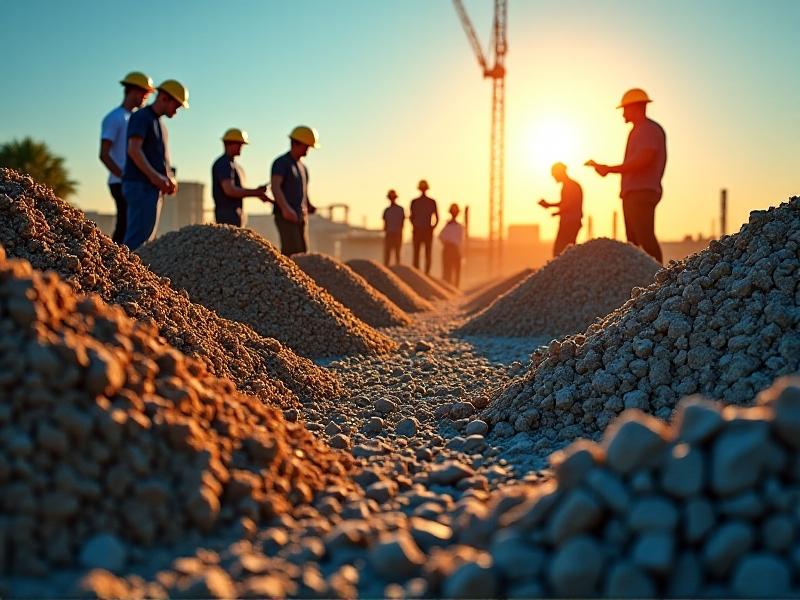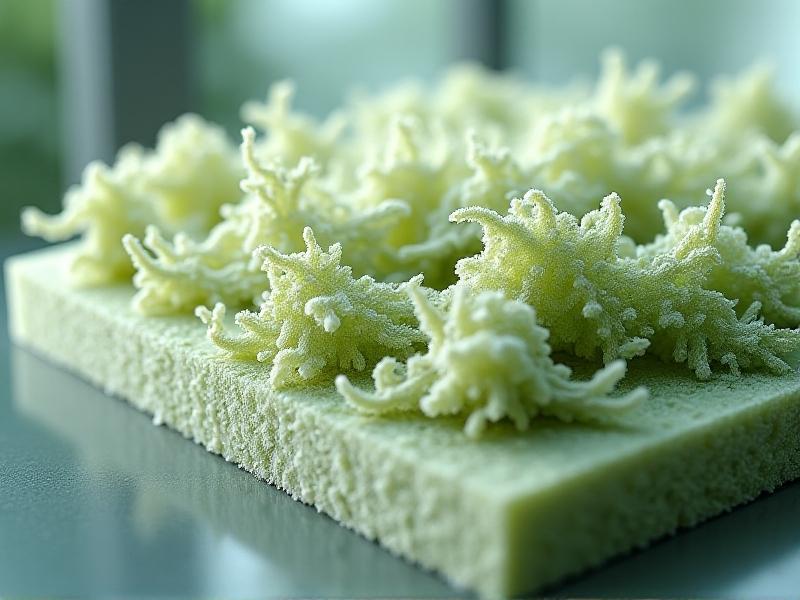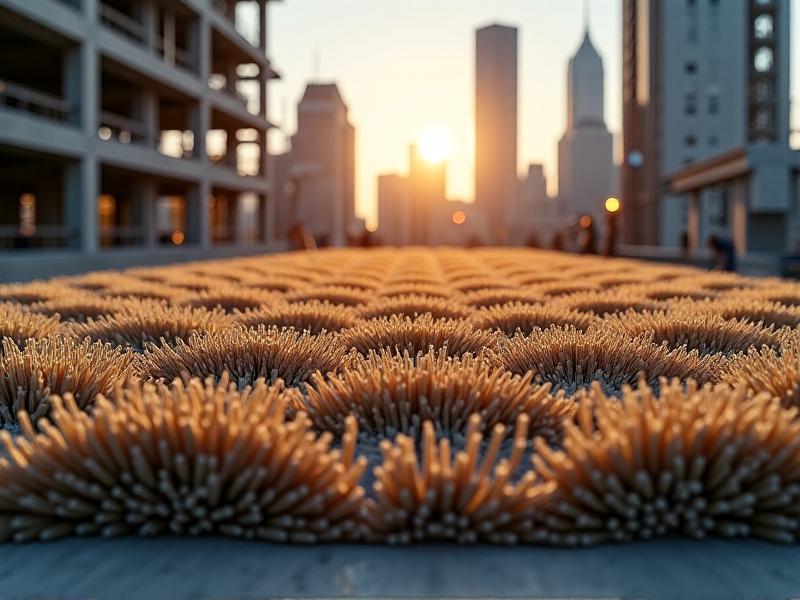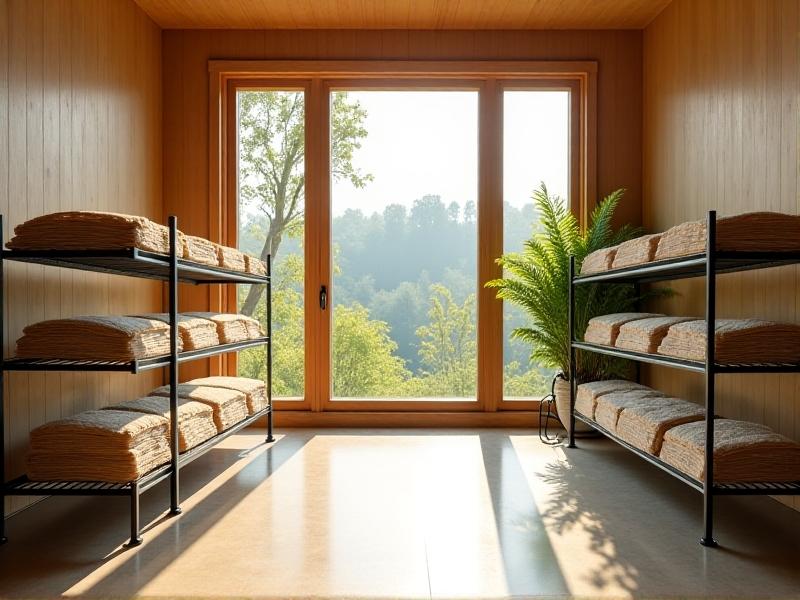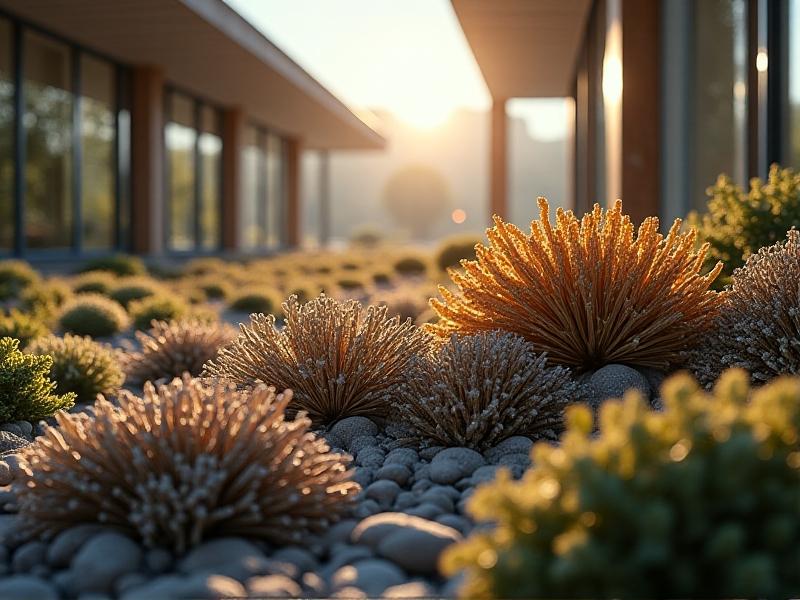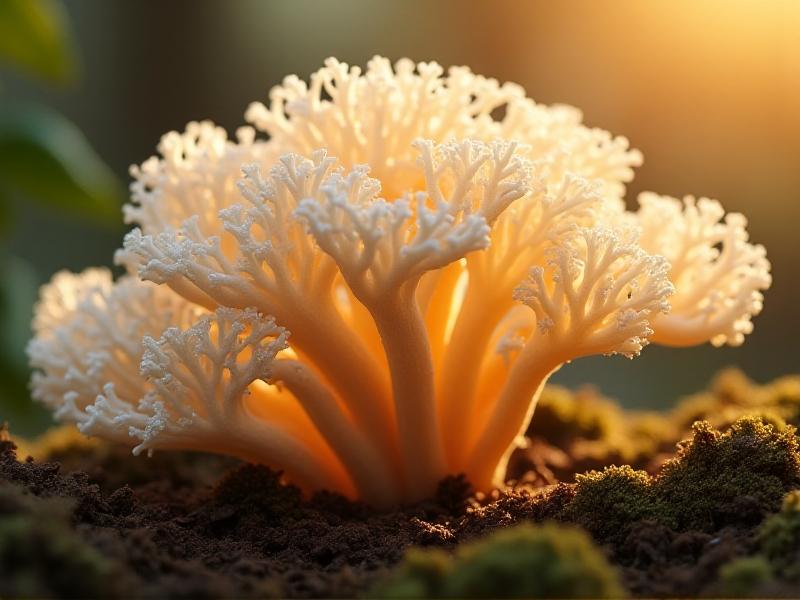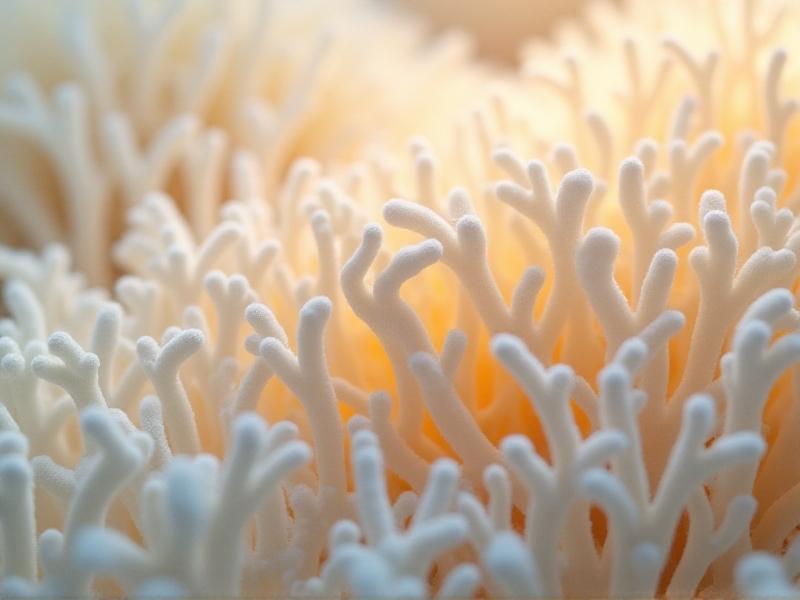Safety Protocols for Home-Based Mycelium Sterilization Processes
Introduction to Home-Based Mycelium Sterilization
Home-based mycelium cultivation has gained popularity among enthusiasts and hobbyists, offering a rewarding way to grow fungi for culinary, medicinal, or experimental purposes. However, the success of mycelium growth heavily depends on maintaining a sterile environment to prevent contamination. Sterilization is a critical step in the process, ensuring that unwanted bacteria, mold, or other microorganisms do not interfere with the mycelium's development. This blog post will explore the essential safety protocols for home-based mycelium sterilization, providing a comprehensive guide to help you achieve successful and contamination-free results.

Understanding the Importance of Sterilization
Sterilization is the process of eliminating all forms of microbial life, including bacteria, viruses, and fungi, from a surface, object, or medium. In mycelium cultivation, sterilization is crucial because mycelium is highly susceptible to contamination during its early growth stages. Contaminants can outcompete the mycelium for nutrients, leading to failed cultures or unhealthy growth. Understanding the science behind sterilization helps cultivators appreciate the need for meticulous practices. This section will delve into the biological principles of contamination and why sterilization is non-negotiable in mycelium cultivation.
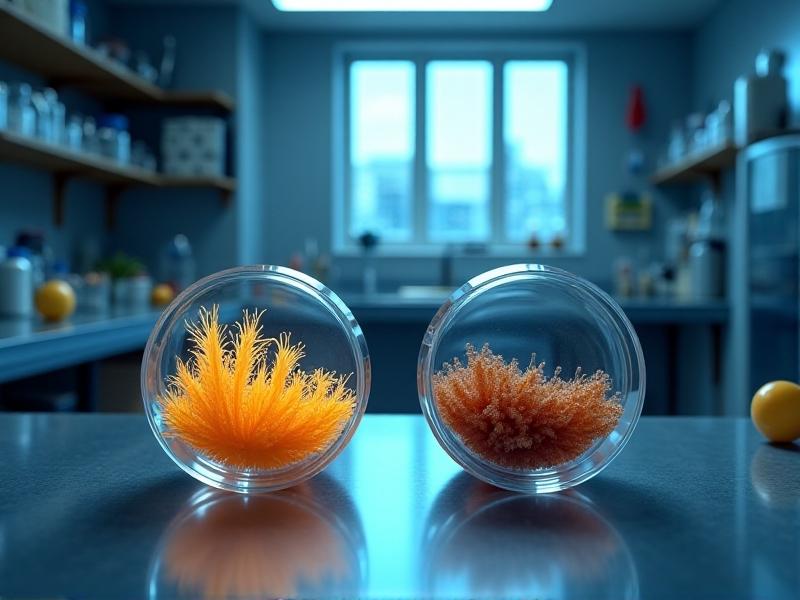
Essential Equipment for Sterilization
To achieve effective sterilization, you’ll need the right tools and equipment. Basic items include a pressure cooker or autoclave for heat sterilization, isopropyl alcohol for surface disinfection, and a laminar flow hood or still air box for maintaining a sterile workspace. Additionally, sterile gloves, face masks, and clean lab coats can help minimize the introduction of contaminants. This section will provide a detailed overview of the essential equipment, their functions, and tips for selecting the right tools based on your setup and budget.
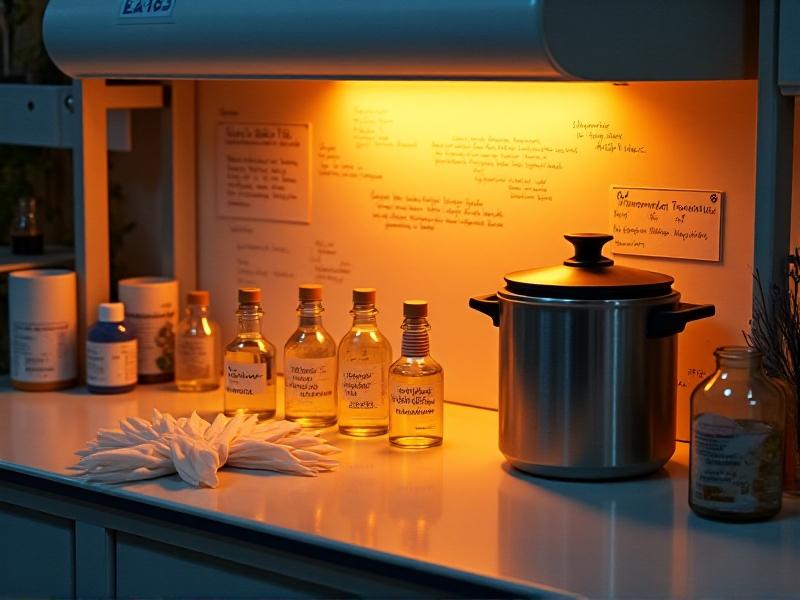
Step-by-Step Sterilization Process
The sterilization process involves several key steps, from preparing the workspace to sterilizing the substrate and tools. Begin by cleaning the workspace thoroughly and using isopropyl alcohol to disinfect surfaces. Next, prepare the substrate—such as grain or sawdust—and place it in sterilizable containers. Use a pressure cooker or autoclave to heat the substrate to the required temperature and duration, ensuring all microorganisms are destroyed. Finally, handle the sterilized materials in a sterile environment to prevent recontamination. This section will walk you through each step in detail, offering practical tips for success.
Common Mistakes to Avoid
Even experienced cultivators can make mistakes during the sterilization process. Common errors include inadequate sterilization time or temperature, improper sealing of containers, and handling materials in a non-sterile environment. These mistakes can lead to contamination and wasted effort. This section will highlight the most frequent pitfalls and provide actionable advice on how to avoid them, ensuring your mycelium cultivation efforts are successful.
Maintaining a Sterile Environment
Sterilization is not a one-time task; maintaining a sterile environment throughout the cultivation process is equally important. This includes regularly disinfecting the workspace, using proper personal protective equipment, and minimizing air movement that could introduce contaminants. A laminar flow hood or still air box can be invaluable for maintaining sterility during transfers and inoculations. This section will explore best practices for keeping your workspace sterile and contamination-free from start to finish.
Safety Precautions for Home-Based Sterilization
While sterilization is essential for successful mycelium cultivation, it’s also important to prioritize safety. High-pressure steam, hot surfaces, and chemicals like isopropyl alcohol can pose risks if not handled properly. This section will cover essential safety precautions, such as using heat-resistant gloves, ensuring proper ventilation, and storing chemicals safely. By following these guidelines, you can protect yourself and others while achieving effective sterilization.
Advanced Techniques for Enhanced Sterilization
For those looking to take their sterilization practices to the next level, advanced techniques can offer greater reliability and efficiency. These include using autoclaves for precise temperature and pressure control, incorporating UV sterilization lamps, and employing HEPA filters in airflow systems. This section will introduce these advanced methods, explaining their benefits and how to integrate them into your home-based setup for optimal results.
Troubleshooting Sterilization Issues
Despite your best efforts, sterilization issues can still arise. Contamination may occur due to unseen factors, such as compromised equipment or environmental changes. This section will guide you through troubleshooting common sterilization problems, offering solutions to identify and address the root causes. By learning to diagnose and resolve these issues, you can improve your sterilization practices and increase your chances of successful mycelium cultivation.
Conclusion: Mastering Sterilization for Mycelium Success
Mastering sterilization is a cornerstone of successful mycelium cultivation. By understanding its importance, using the right equipment, following a meticulous process, and maintaining a sterile environment, you can significantly reduce the risk of contamination and achieve healthy mycelium growth. Whether you’re a beginner or an experienced cultivator, these safety protocols will help you refine your techniques and enjoy the rewards of home-based mycelium cultivation.

